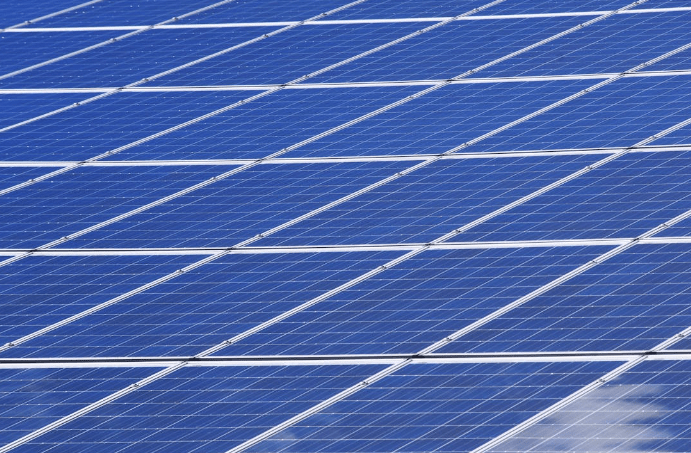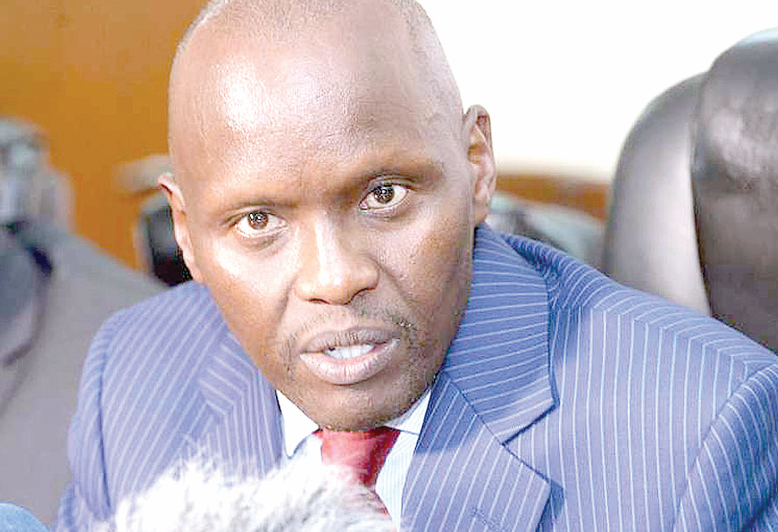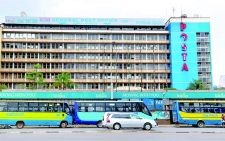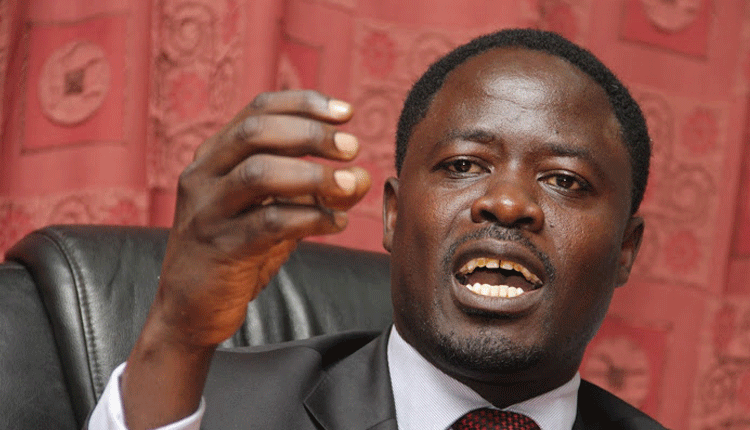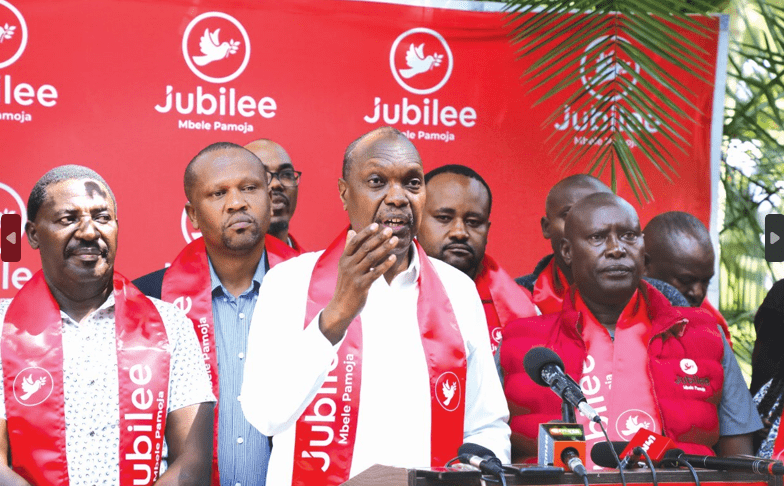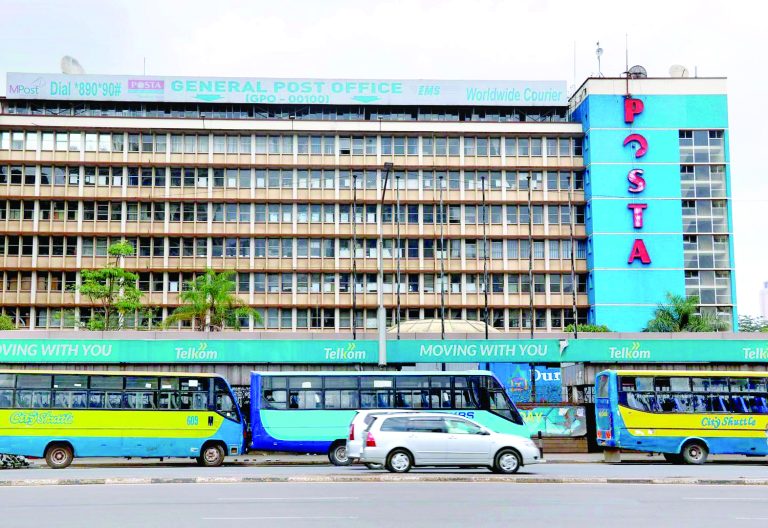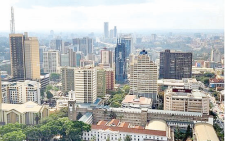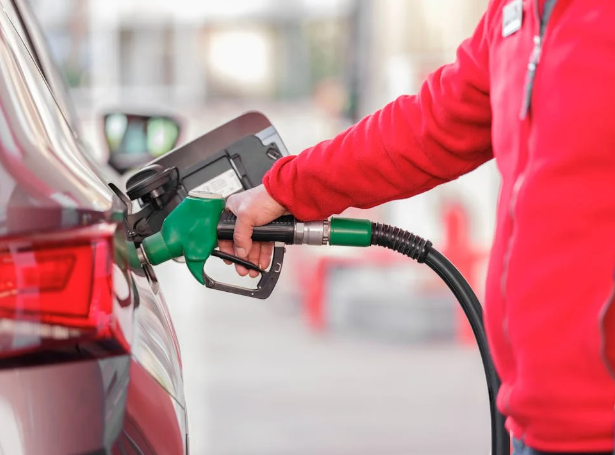KPC sets aside Sh30b to improve pipeline, storage infrastructure

Kenya Pipeline Company (KPC) will spend in excess of Sh30 billion to improve its oil pipeline and storage infrastructure and improve service delivery.
In this regard, the State corporation has applied for an upward review of its transportation and storage tariffs for the period 2021/2022 and 2024/2025 periods to meet the costs.
Management wants stakeholders to approve a 13 per cent composite hike, equivalent to Sh5.22 per cubic metre per kilometre transport tariff, which will further increase by 6 per cent before eventually declining to 0.5 per cent in the second and third years.
Pump prices
If assented to, the new tariff will impact on pump prices with the cost going up by 54 cents in Nairobi, 42 cents in Nakuru and 29 cents in Kisumu and Eldoret respectively, disparities that are attributed to the tariff unbundling process.
The State corporation has put forward a budget of Sh117 billion out of which Sh104 billion will be used to build a new line between Mombasa and Nairobi, boost floorage between Nairobi to Eldoret by building 500 new pumps and increasing storage capacity on the Western section between Kisumu and Eldoret.
Elizabeth Akinyi, KPC Chief Planning Officer while making a presentation to stakeholders in Nairobi yesterday said the corporation’s operations expenditure (OpeX) will also grow by 6 per cent from Sh11.5 billion to Sh13.3 billion.
She said whereas the asset base was growing, throughput remained constant, a situation that necessitated the tariff to be increased.
“In this particular case we see that the asset base will grow in the next two years significantly with the investments we are proposing but because of the capacity we keep on talking about, we are not able to grow throughput. So, what then happens is that the tariff will have to then go up,” Akinyi said.
She said the 13 per cent adjustment in the first year was because the projects would have started while the 6 per cent growth would cater for the continuation of the projects.
– Noel Wandera

